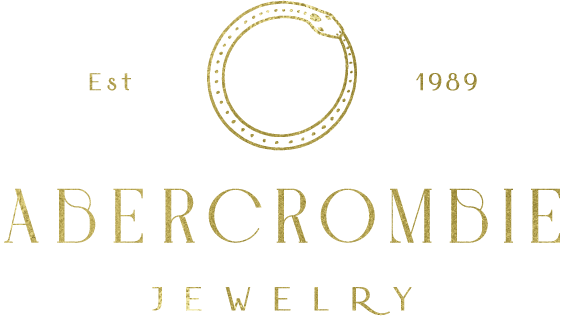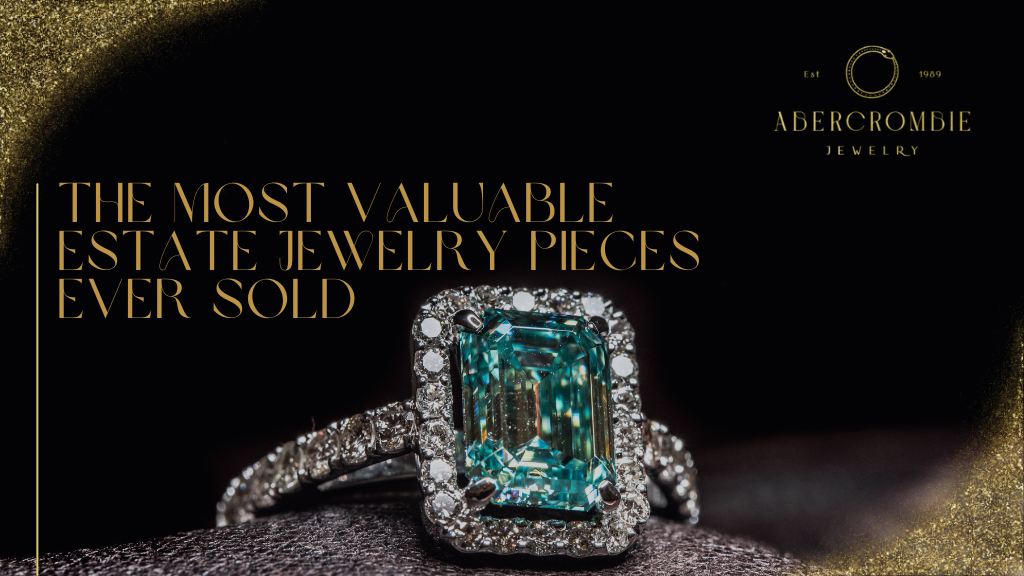Estate jewelry represents the pinnacle of elegance, history, and artistry. For estate jewelry buyers in Austin, these timeless pieces are more than adornments—they are artifacts of culture and craftsmanship. Some estate jewelry pieces have achieved legendary status, fetching astronomical prices at auctions and cementing their place among the most expensive jewelry in history. This blog explores the stories behind some of the most valuable estate jewelry pieces ever sold, revealing what makes them so exceptional.
What Makes Estate Jewelry Valuable?
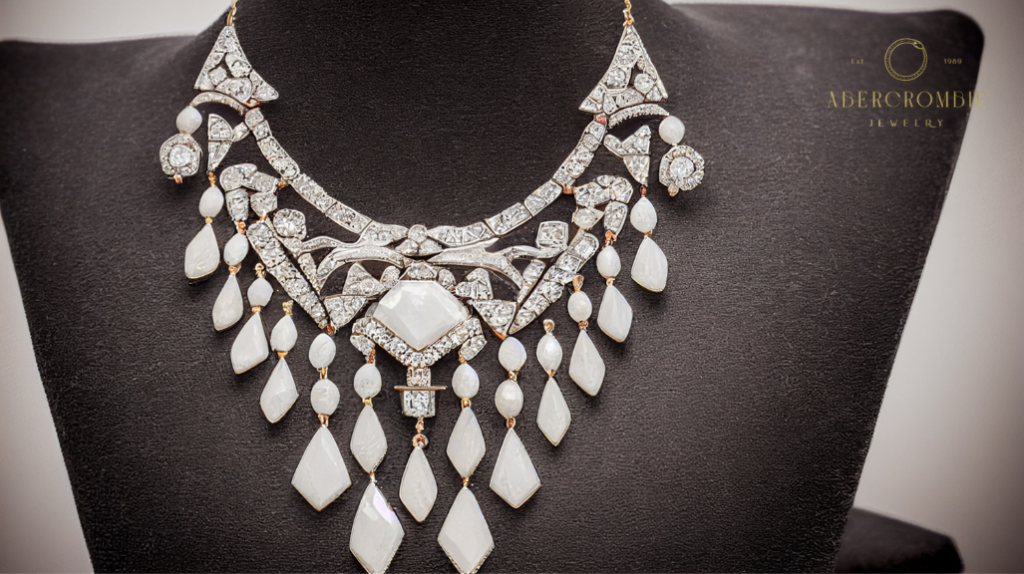
Before diving into specific pieces, it’s essential to understand the factors that contribute to a piece’s value:
- Provenance: The jewelry’s history, including previous ownership by royalty or celebrities, significantly increases its appeal.
- Craftsmanship: Estate jewelry often features unparalleled craftsmanship and techniques that are no longer used in modern manufacturing.
- Materials: Rare gemstones, high-quality metals, and unique designs elevate a piece’s worth.
- Historical Significance: Pieces tied to specific eras, such as the Victorian or Art Deco periods, often carry cultural and artistic value.
- Rarity: Unique or one-of-a-kind pieces are highly sought after, making them prime candidates for record-breaking sales.
Understanding these factors helps buyers and sellers appreciate the value of estate jewelry.
The Most Valuable Estate Jewelry Pieces in History
1. The Pink Star Diamond Ring
- Sold For: $71.2 million
- Auction House: Sotheby’s Hong Kong, 2017
- Why It’s Valuable: This 59.6-carat oval-cut pink diamond is one of the largest internally flawless pink diamonds ever graded by the Gemological Institute of America (GIA). Its exceptional clarity, size, and color make it an unmatched piece in the world of estate jewelry. Another notable pink diamond is the Graff Pink, which sold for $46.1 million and is renowned for its size and flawless quality.
2. The Oppenheimer Blue Diamond
- Sold For: $57.5 million
- Auction House: Christie’s Geneva, 2016
- Why It’s Valuable: Named after Sir Philip Oppenheimer, this 14.62-carat vivid blue diamond is considered one of the finest blue diamonds ever sold. Its rarity and vibrant color make it a true masterpiece. Another remarkable blue diamond is the Blue Moon of Josephine, which sold for $48.4 million and is known for its flawless, vivid blue hue and sentimental backstory.
3. The Winston Pink Legacy
- Sold For: $50.4 million
- Auction House: Christie’s Geneva, 2018
- Why It’s Valuable: This 18.96-carat fancy vivid pink diamond was acquired by Harry Winston and renamed the “Pink Legacy.” Its large size and even saturation of color make it a standout piece among colored diamonds. Such valuable pieces often become part of royal collections, much like the crown jewels, which symbolize wealth and heritage.
4. The Blue Belle of Asia
- Sold For: $17.3 million
- Auction House: Christie’s Geneva, 2014
- Why It’s Valuable: This 392.52-carat Ceylon sapphire set in a diamond necklace is one of the largest and most exquisite sapphires ever sold. Its origin and remarkable size add to its value. Similarly, the emerald necklace designed by De Grisogono, which sold for $33.7 million, showcases the elegance and artistic creation of high-value jewelry pieces.
5. Elizabeth Taylor’s La Peregrina Pearl
- Sold For: $11.8 million
- Auction House: Christie’s New York, 2011
- Why It’s Valuable: Once owned by European royalty, this 16th-century pearl was given to Elizabeth Taylor by Richard Burton. Its royal history and association with one of Hollywood’s most glamorous stars make it a prized estate jewelry piece. Similarly, the Hope Diamond, once owned by King Louis XIV, carries a rich history and significant value.
6. L’Incomparable Diamond Necklace
The L’Incomparable Diamond Necklace is a stunning example of estate jewelry. This necklace features a 407.48-carat diamond pendant, surrounded by 18k gold and hundreds of smaller diamonds. The necklace is owned by Mouawad, a Swiss and Emirati luxury goods company, and is considered one of the most valuable necklaces in the world. The L’Incomparable Diamond Necklace is a testament to the craftsmanship and beauty of estate jewelry. Its centerpiece, the largest internally flawless diamond ever graded, showcases a rare crystal blue color that captivates the eye. This masterpiece not only exemplifies luxury but also highlights the exceptional skill and artistry involved in creating such an extraordinary piece.
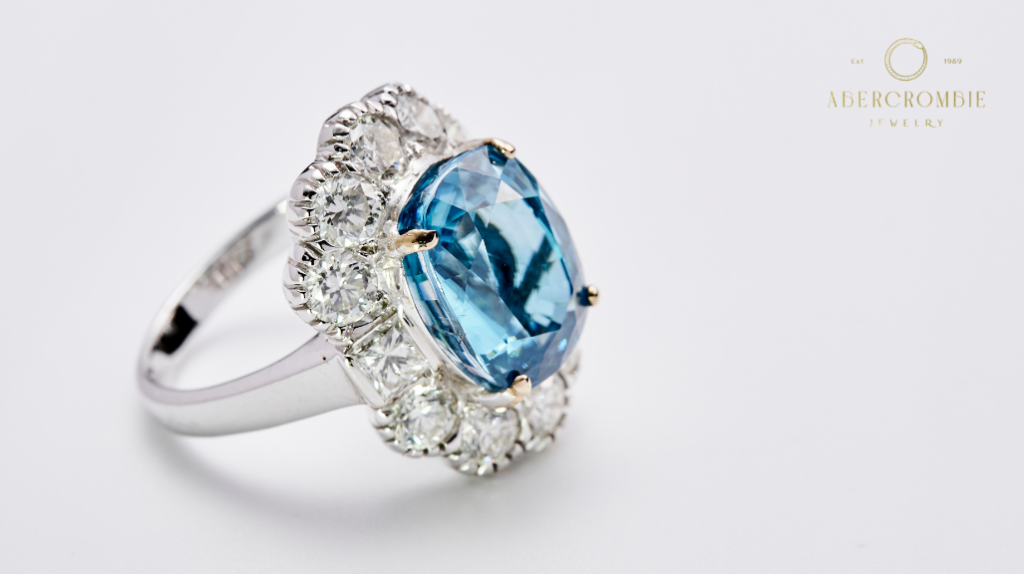
The Auction Process
The auction process is a thrilling way to purchase estate jewelry, allowing buyers to bid on unique and often rare pieces. Auction houses such as Christie’s and Sotheby’s specialize in selling estate jewelry, and their auctions are highly anticipated events in the jewelry world. When purchasing estate jewelry at auction, it’s essential to do your research and understand the piece’s market value. Factors such as the jewelry’s condition, rarity, and provenance can greatly impact its value. Additionally, buyers should be aware of any restoration or repairs made to the piece, as this can affect its overall value.
Some of the most expensive estate jewelry pieces ever sold at auction include the Pink Star, a 59.60-carat fancy vivid pink diamond that sold for $71.2 million, and the Oppenheimer Blue, a 14.62-carat fancy vivid blue diamond that sold for $57.5 million. These sales demonstrate the high demand for rare and unique estate jewelry pieces. The excitement of the auction room, combined with the opportunity to own a piece of history, makes the auction process an exhilarating experience for both seasoned collectors and new enthusiasts alike.
In conclusion, estate jewelry is a fascinating world that offers a glimpse into the past. Whether you’re a seasoned collector or just starting your journey, estate jewelry is a unique way to own a piece of history. By understanding the auction process and researching, you can find the perfect piece to add to your collection.
What Can We Learn from These Record Sales?
Key Takeaways for Estate Jewelry Buyers and Sellers
- Provenance is Key: Pieces with notable histories command higher prices. Whether owned by royalty or celebrities, the story behind the jewelry enhances its allure.
- Unique Characteristics Matter: Rare gemstones, unusual cuts, and bold designs make estate jewelry stand out, often driving up value at auction.
- Condition and Craftsmanship: Even the most historically significant piece loses value if poorly maintained. Ensuring estate jewelry is in excellent condition is critical for maximizing its worth.
At Abercrombie Jewelry, we specialize in helping estate jewelry buyers in Austin uncover the hidden value in their collections, leveraging our expertise to evaluate these unique factors.
Iconic Estate Jewelry Eras
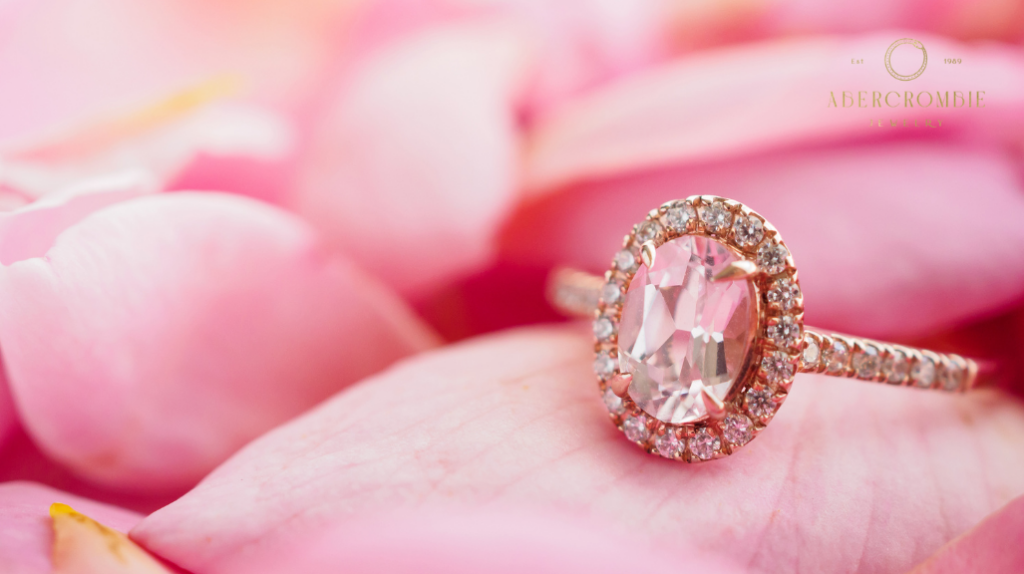
Victorian Era (1837-1901)
- Known for sentimental motifs, lockets, and gold-heavy designs.
- Example: Queen Victoria’s serpent engagement ring, symbolizing eternal love.
Art Deco Era (1920s-1930s)
Features bold, geometric designs with platinum and diamonds.
Example: The Patiala Necklace, an Art Deco masterpiece commissioned by the Maharaja of Patiala. An iconic piece from this era is the Peacock Brooch by Graff Diamonds, featuring over 1,300 diamonds and valued at $100 million.
Retro Era (1940s-1950s)
- Emphasizes bold, colorful designs with large gemstones.
- Example: Cocktail rings that reflect the post-war optimism of the time.
How to Preserve the Value of Estate Jewelry
Whether you’re selling or buying, maintaining estate jewelry is essential for preserving its value:
- Regular Cleaning: Use gentle cleaning solutions to maintain the shine of gemstones and metals.
- Professional Appraisals: Periodically evaluate your estate jewelry to stay informed about its market value. Read more about Estate Jewelry Appraisal.
- Proper Storage: Store pieces in a dry, safe place to prevent tarnishing or damage.
These simple steps ensure that your estate jewelry remains an investment-worthy treasure.
